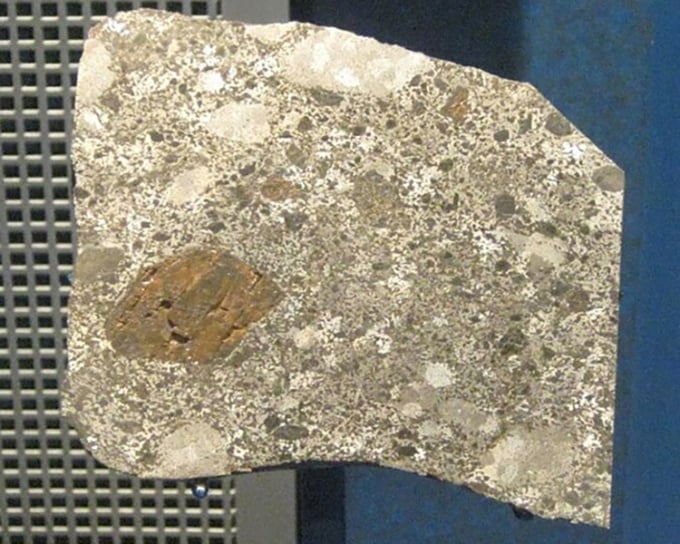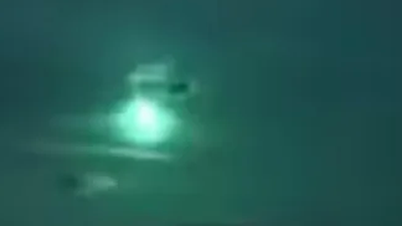Since 1916, scientists have been searching for a giant meteorite, once described as a 100-meter-wide "iron hill" in the Sahara desert.

A fragment of the Chinguetti meteorite. Photo: Claire H/Flickr/CC-BY-SA-2.0
A team of three physicists from Imperial College London and the University of Oxford in the UK studied the circumstances surrounding the mysterious Chinguetti meteorite and developed a method to confirm whether it really exists, Phys reported on March 1. In the study published on the arXiv database, Robert Warren, Stephen Warren and Ekaterini Protopapa proposed several possible locations for the meteorite to land and conducting a magnetometer survey in the area could solve the mystery of the meteorite.
In 1916, Gaston Ripert, an official of the French consulate, informed his colleagues that he had discovered an "iron hill" in a location in the Sahara Desert, about 45 km from the city of Chinguetti, Mauritania, northwest Africa. Ripert brought back a 4.5 kg piece of ironstone, claiming that it had been taken from the top of the giant iron hill, 100 m wide. He said that a local man had blindfolded him and led him to this hill.
Scientists believe the only possible explanation for such an object in the desert is a meteorite impact. The object is called the Chinguetti meteorite after the nearby town of Chinguetti. Many scientists have studied Ripert's account and examined the area where he claimed to have seen the iron hill, but so far no meteorite has been found. If it exists, it would be the world's largest meteorite (the remains of a meteorite that has passed through the atmosphere and fallen to the Earth's surface).
In the new study, in addition to reviewing existing clues, Robert, Stephen and Ekaterini also conducted their own research to solve the mystery. Accordingly, the absence of an impact crater may be due to the meteorite hitting the ground at a very low angle. Previous searches have not yielded results, possibly because the iron hill was covered by sand, the equipment was inaccurate or the search was in the wrong area.
Interestingly, Ripert described metallic “needles” in the small meteorite fragment, which he tried to remove without success. Robert, Stephen, and Ekaterini speculate that these plastic structures could be iron-nickel phases called “Thomson structures.” The concept of such structures was not known in 1916, so it is unlikely that Ripert fabricated such an observation.
In the new study, the team also used digital elevation models, radar data, and interviews with local camel riders for the first time to pinpoint where Gaston was taken, a journey that Ripert said took half a day.
Based on sand dunes high enough to conceal the giant meteorite, the team has identified a number of potential locations. They requested airborne magnetic survey data from the Mauritania Ministry of Mines, Petroleum and Energy, but have not yet been granted access. Another option is to scan the area on foot for the meteorite, but that would take a lot of time. “If the results are not positive, the mystery of Ripert’s story will remain unsolved and the problem of the flexible needles and the accidental discovery of the ironstone fragment will remain,” the team writes.
Thu Thao (According to Phys, Science Alert )
Source link


































































































Comment (0)